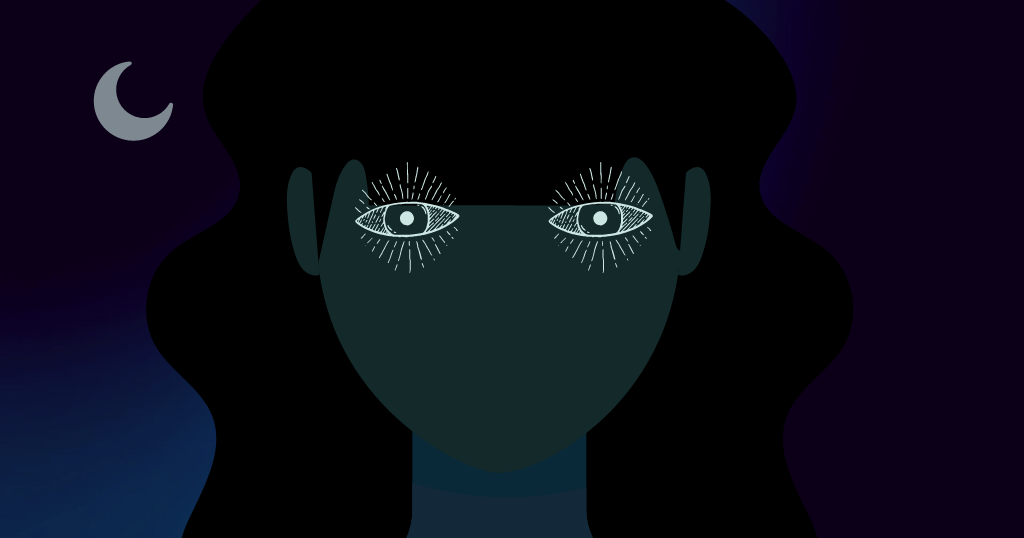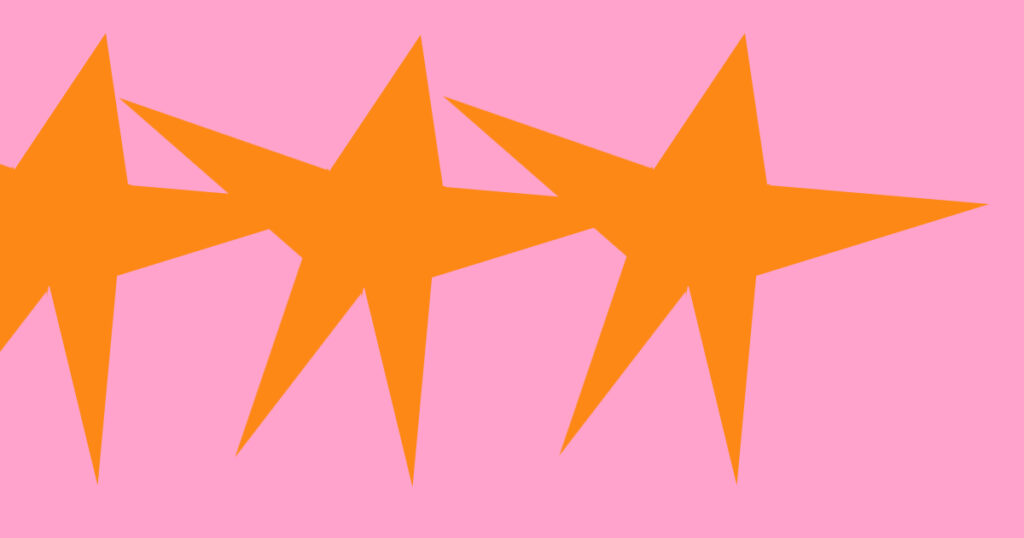(Updated Mar 2023.) This website originally focused on self-experimenting with nutritional therapy, using supplements available at healthfood stores. Eventually I widened my horizons and tried out these modalities or approaches.
Many of the entries involve working with a practitioner. Some require a bit of research before you dive in. One is, yes, a prescription drug.
Not yet added to the page — sorry
- Korean acupuncture, which focuses on points on the torso
- Somatic Experiencing therapy, a trauma or stress therapy involving mental exercises as well as work with a practitioner. It is not talk therapy.
- Sacral-occipital osteopathy, which helps to align the palate and jaw, among other things
1. Acupuncture
I luuuuuuurrrrv acupuncture, but I only saw results when I went to dedicated practitioners — that is, people who took a few years to learn it, not a half-day course at a medical conference somewhere. There was a Chinese guy in Seattle, the kind with the wall of wooden boxes full of herbs; a Harvard-trained MD who was also a DOM (Doctor of Oriental Medicine); and an osteopath. One doctor who just practiced it a little on the side referred to that type of practitioner as “medical acupuncturist.”
I had no luck with it for sugar cravings and insomnia. It did work for my back-muscle spasms, sciatica pain, and hypothyroidism. It did not end the sciatica attack, but it stopped the pain for a while.
In the case of the cravings and insomnia, I was treated for adrenal and liver issues — very common in Chinese medicine — on the assumption that that was behind those complaints. The fact that the symptoms did not resolve might simply mean that our assumption was wrong.
In 2020 I used it to head off another sciatica flare, which worked like a charm, and to deal with adrenal-ish issues such as nausea after drinking caffeine, which also worked well, knock on wood.
Moxibustion and cupping
In the acupuncture category I’d also include moxibustion, cupping, and whatever you call it when they attach an electric current to the needles. I’ve tried them all at least once, but can’t say I recall any extra oomph from these applications. I do remember being amused by the Bride of Frankenstein association with the electricity, though.
2. Amino acid/neurotransmitter supplements
A “functional medicine” naturopath suggested this. Functional medicine tries to figure out the cause of your symptoms and addresses them with nutritional supplements and…I don’t know what all else.
After a blood test of my neurotransmitter levels, I went home with $400 worth of this stuff and a detailed dosage schedule. I felt noticeably better after two days, but unfortunately not in the areas I was complaining about. After a week, I got splitting headaches, complete insomnia, and zombie brain, which back then was my usual response to everything, even iron.
The odd thing is that since then, I no longer suffer the overwhelming urge to buy things whenever I step into that addictive budget store with the bull-terrier mascot. It was a very interesting, albeit very expensive, experiment.
3. Armour Thyroid
My experience with this prescription medication was BEFORE it was significantly reformulated in 2007. Visit Stop the Thyroid Madness for info on that. Armour is derived from pig thyroid and has been used since the 1920s for hypothyroidism. It is considered easier on the system and less disruptive than synthetic drugs like Synthroid. It worked well, but since my adrenals were underefficient, I couldn’t take as much of it as I needed. (One of the hormones that Armour helps/helped to increase relies on the adrenals to process it. If your adrenals are already whipped, you’re out of luck.)
4. Bright light therapy
For people whose moods tank with the change of light exposure in the winter, bright light gadgets ccn be very helpful. Here’s my post on bright light therapy.
5. Chiropractic/osteopathic adjustments (I don’t know what the difference is)
I’ve gone to six different pracitioners so far. I discovered something surprising about myself: I like to have my neck wrung until it makes really loud cracks, even if I see no other positive effects from it.
The first success I had was with one of the hardcore snappers, an osteopath. Back then I couldn’t walk for more than a few blocks without feeling that one side of my body was becoming shorter than the other. After an adjustment, I’d be okay for a month or so. After a year of better nutrition, nightly yoga, and an unpleasant acupuncture session on the muscles along my spine, I discovered I didn’t need the adjustments anymore.
The other success I had was with another practitioner for sciatica. When I walked in the office the pain was already lessening, as it was toward the end of the six-week period of suffering that sciatica usually entails, and when I left the chiro’s office it was gone and never came back. As I recall, some very undignified and unladylike stretching positions were involved in that session.
Another attempt with yet another chiropractor to address what I assume is TMJ — my jaw and facial muscles ached if I had to sit still for long periods of time — came to naught. It later went away with B12, magnesium, and regular use of a couple of yoga poses.
6. EMF exposure mitigation
A subject of mockery for a majority of the population, you gotta keep quiet about your efforts in this regard. The field was not helped by the fact that for a long time the only serious attempt to measure and recommend limits on it was the country of Kazakhstan.
I’ve written two posts on my attempts to measure and mitigate my exposure to harmful levels electromagnetic fields in my environment. Here is part 1 of the electrosmog reduction experiment. I eventually hired a professional to evaluate my last apartment, which was expensive but worth it.
7. Energy healing, including reiki
Under this category I’m filing several types of healing, most working on the concept of the energy field or biofield — the idea that your body is only 10% of who you are, and the rest is a sphere of energy extending around you like a big hamster ball. Or alternatively, your body is the peach pit and the energy field is the peach. A really big peach. Rupert Sheldrake’s morphogenetic field is the closest thing to respectable mainstream science that the concept enjoys, but even so he is barely tolerated by academics and scientists, and probably only because he has a British accent and went to Cambridge.
Various degrees of training are involved in the different modalities, from a couple of weekends to several years, although almost all of the practitioners started out as reiki practitioners or acupuncturists. A short list: biofield tuning; Barbara Brennan School of healing; a couple of rogue, unattached healers; S/h/i/v/a Murti healing; and (non-ayahuasca) shamanic healing. If you have the money, and are confident about going by your gut and “vibes,” I recommend experimenting with it.
Even more mind-bending is the idea of doing the healing remotely — via Zoom, Facetime or phone.
Over the years I’ve had about 15 sessions of reiki, including a set of about three sessions in a short time and a later set of about six sessions. I found them relaxing, and the feedback the practitioners offered was surprisingly accurate. I can’t really say that individual sessions did anything, though. I wrote about the last round of reiki sessions here.
8. The Harmonic Egg
The Harmonic Egg is a pod in the shape of a stretched-out dodecahedron and contains a cushy anti-gravity lounger and a good sound system. Its healing power is attributed to sound, light, and color therapies and to sacred geometry principles. You sit in it for about an hour at a time. Read about my experience with the Harmonic Egg.
9. Herbal tinctures
I’ve used regular over-the-counter brands as well as those Chinese herbs from a D.O.M. (Doctor of Oriental Medicine).
The Chinese herbs went along with some of the acupuncture the D.O.M. used to treat my adrenals. They definitely gave me more energy, but it wasn’t earth-shattering. I don’t think you actually need a prescription for them, but you need to be treated by someone who knows how they all work together, like a D.O.M. The herbs were expensive so after a year I gave them up, and didn’t feel any worse once I stopped.
For several years I used lymph-cleansing herbs from the health food store with great success. Eventually my favorite one, burbur, disappeared from the stores, but cleavers and red clover work almost as well. My theory is that Nutrimedix bought up the U.S. supply to use in their Lyme-specific herbal combinations.
10. Hydrocortisone (brand name Cortef)
This was a prescription used by the first alternative practitioner I went to to try to improve my adrenal function. I don’t remember it helping me at all in the six months I was on it. There are dangers in using it too long, I believe, such as lowering your potassium levels.
11. Ketamine
Read about guest author Dave’s experience with ketamine treatment for depression.
12. NAET (Nambudripad Allergy Elimination Technique)
This is a combination chiropractic and acupuncture treatment based on Dr. Nambudripad’s theory that you have to be in physical contact with a wee tiny bit of the offending allergy you’re being treated for. You hold a small vial of the substance in your hand while your vertebrae and perhaps some other big muscle groups are being punched/adjusted/clicked with the little metal clicker tool that chiropractors use (the “activator”). After that a few needles are used in a few places. I’m not sure all practitioners use the acupuncture.
I tried this at the very beginning of my journey when I felt terrible eating anything and was exhausted and desperate. Back then, each potential food allergen had its own vial and you’d use a few vials per treatment. After the very first treatment for vegetables, I could eat, and even craved, vegetables again. Because of that first success, I continued on for many treatments and hundreds of dollars in bills. But I had absolutely no further progress. Since then the treatment has been modified to require only three treatments, which would make it more affordable as an experiment.
Since I later concluded that my food issues were not allergy-related, I cannot say that the failure of NAET to solve my food issues is proof that it doesn’t work at all.
13. Nutritional therapy
By “nutritional therapy” I mean using additional, man-made, supplemental sources of vitamins, minerals, and other substances essential to bodily functioning to fix health problems. A more accurate term is orthomolecular therapy or medicine. The majority of my earlier experiments used this approach.
14. Perfume therapy
Laugh all you want, but I used this to help my mood every day until my 40s, when my immune system crashed and burned and said, “No more with the scented products.” Here’s the post on perfume therapy. Frankincense, the basis for many scents, has psychoactive properties.
15. Spa treatments
… which I tried in order to relax more than anything else. The list includes reflexology, massage, body polishes, hot rocks, and cranial/sacral therapy. I love anything at the spa, but I learned the hard way that when requesting massages you have to specify RELAXING massage. Otherwise you risk being tortured by a big Russian woman. Or being walked on by a tiny Thai woman. (I’ve since done some serious rethinking about the guy who recommended that mini-mall outfit.) Also, if your spa therapist talks the entire time about how men are pigs or the economy is controlled by evil rich people, it pretty much ruins the hour.
16. Toxic metal chelation, aka heavy metal chelation
Environmental exposure to toxic metals such as lead, aluminum, copper, and mercury are a much larger focus of the alternative healthcare practitioners than in mainstream healthcare. If you ask your insurance plan’s doctor about lead poisoning, for example, he’ll give you a test that only measures lead in the blood, which typically only captures lead that was acquired over the last 60 days. If you’re suffering from a chronic exposure, over months or years, from different places, the test will come back negative.
Here’s my post on my experience with lead chelation.
_______________
This content was first published in 2012 and last updated in May 2023.





